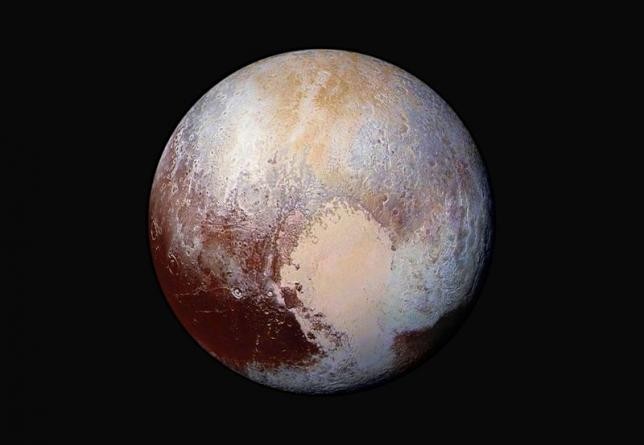There is a new convert to the thinking that alien life exists outside Earth. After seeing the images of Pluto sent back by NASA's New Horizons unmanned space probe, Science professor Brian Cox said the sea underneath the surface could be warm enough to spark processes necessary to form the simplest form of life.
Express reports that the images sent by New Horizons show it was still having tectonic movements. After seeing the images, Cox said, "The probe showed you that they may well be a subsurface ocean on Pluto."
He continued, "This means if our understanding of life on Earth is even slightly correct - that you could have living things there."
Since the New Horizons flew within 7,800 miles of Pluto's surface, due to the distance, only 5 percent of the images have been sent to Earth. The close-up photos have not been seen yet. It would take about a whole year to complete the entire image-sending process.
Cox believes the mountains of Pluto is made of water ice, which led to the assumption that water is in abundance in the planet. However, he points out that to start life on Pluto, there must be something else to start life other than water, which could just be surface water.
But the professor also cautioned against too much excitement over the possibility of alien life on the dwarf planet. "What science is telling us now is that complex life is probably rare," Huffington Post quotes Cox.
The challenge to prove alien life exists was recently boosted with a $100 million fund made available by Professor Stephen Hawking and Russian billionaire Yuri Milner.



























